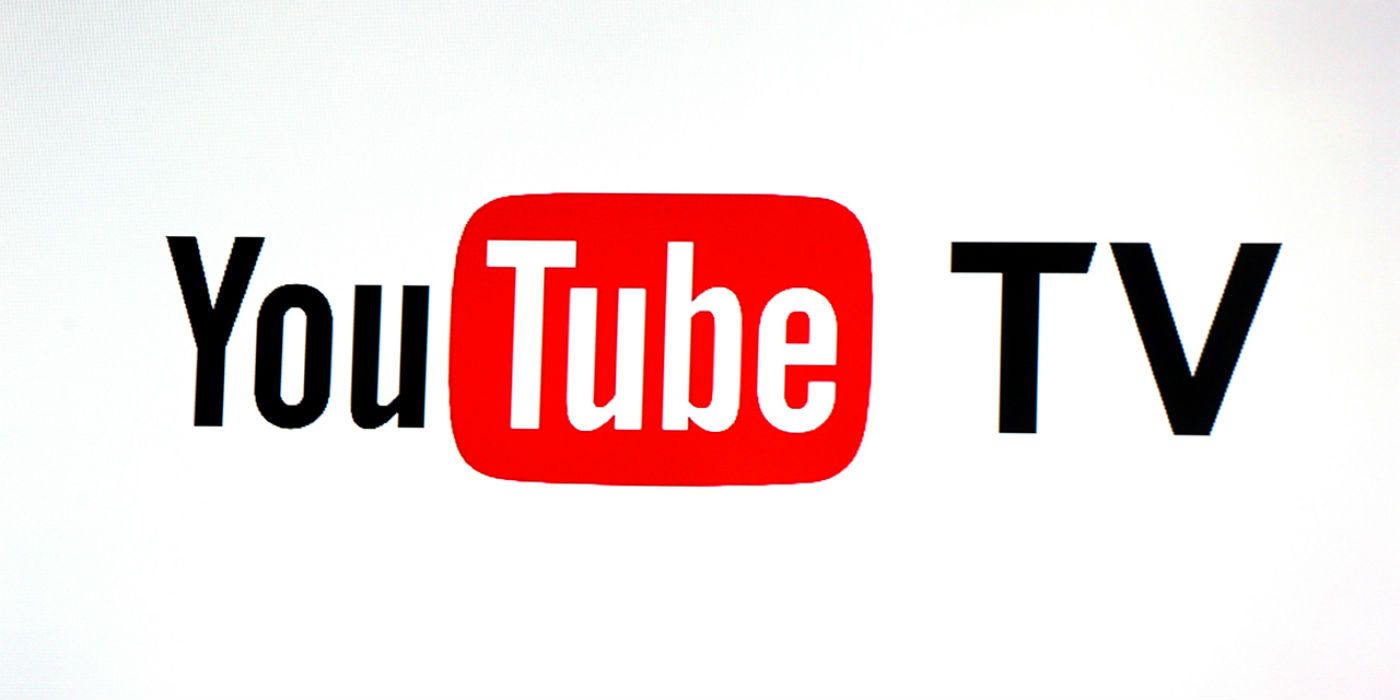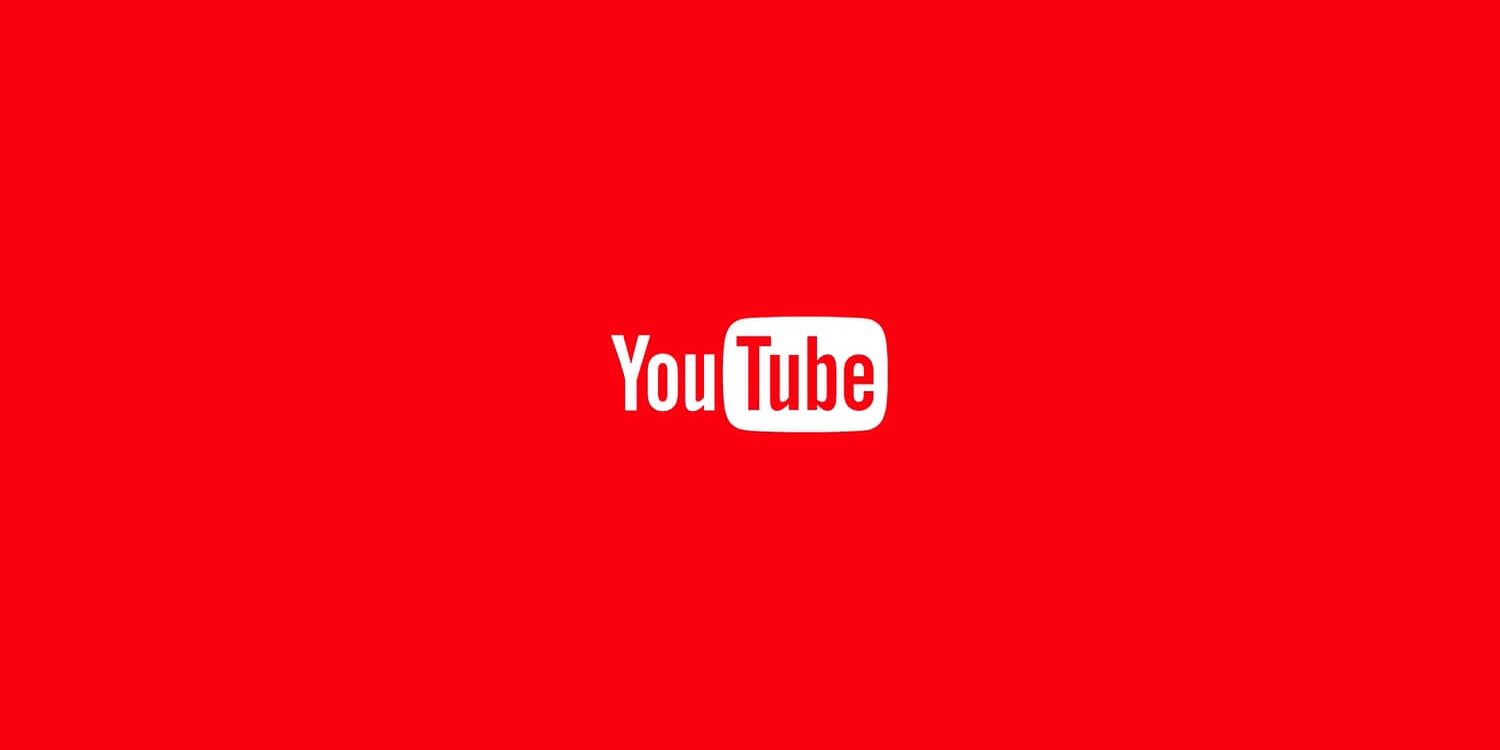When it comes to the video streaming website with the most total amount of users online at any given time, it's hard to compete with YouTube, in many ways the "original" place for people to kill time by watching short clips. Of course, YouTube has now been around for more than a decade, and evolved to become one of the largest producers of original video content on the web, even expanding to include an ad-free paid premium service called YouTube Red.
Last week, the site pulled the trigger on its next big endeavor, officially launching YouTube TV. Boasting more than 50 live channels and unlimited hours of cloud DVR recordings, YouTube TV has so far launched only within certain markets, but will continue to expand outward to other areas. This mirrors the prior roll-out of competing cable-like skinny bundle service PlayStation Vue.
Unfortunately, some users are discovering that YouTube TV's DVR service isn't entirely what it was initially cracked up to be. With most TV providers, viewers are given the option to both record shows to their DVR when they air, and watch on-demand programs that are made available. The big difference between the two is that DVR recordings allow viewers to skip the commercials, while on-demand does not. YouTube TV also possesses both DVR and on-demand options, but according to a report by The Wall Street Journal, if an on-demand version of a recorded show is available, the service will force the user to watch the on-demand version, complete with unskippable ads.
This "feature" was obviously not advertised upfront, but a YouTube spokeswoman has confirmed that it's not a mistake, and is tied to the specifics of content deals the services has with certain content providers like ABC, NBC, and FOX. By comparison, PlayStation Vue has both DVR and on-demand options, but allows users to pick which one they'll view, with commercials fully skippable in the DVR recording. Naturally, this isn't sitting well with many subscribers to YouTube TV, who assumed that their DVR service would function like any other.
On the plus side, the on-demand version of an episode usually doesn't go up until the following day after a show airs, so if a user gets to the recording early enough, they can watch without ads. Still, that's a pretty small window, and one unlikely to satisfy most. If a show happens to be entirely unavailable on-demand, the problem solves itself, as the recorded version is the only option. Sadly, that only applies to a small portion of available popular shows.
Next: YouTube Announces Cable-Free TV Subscription Service
Source: WSJ


